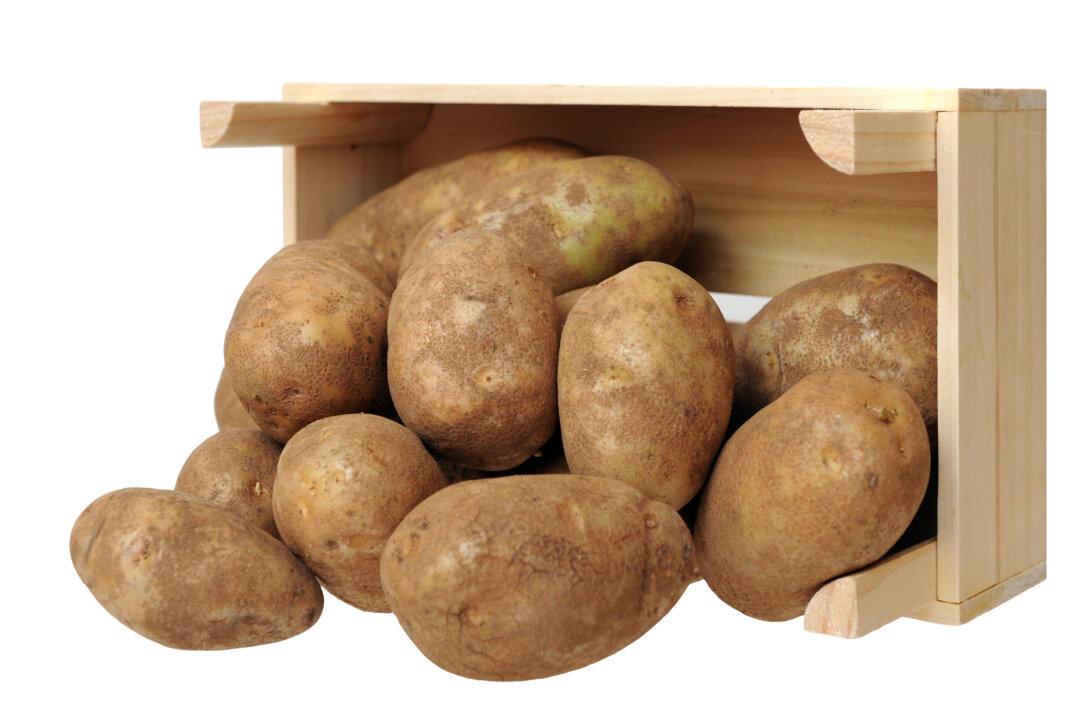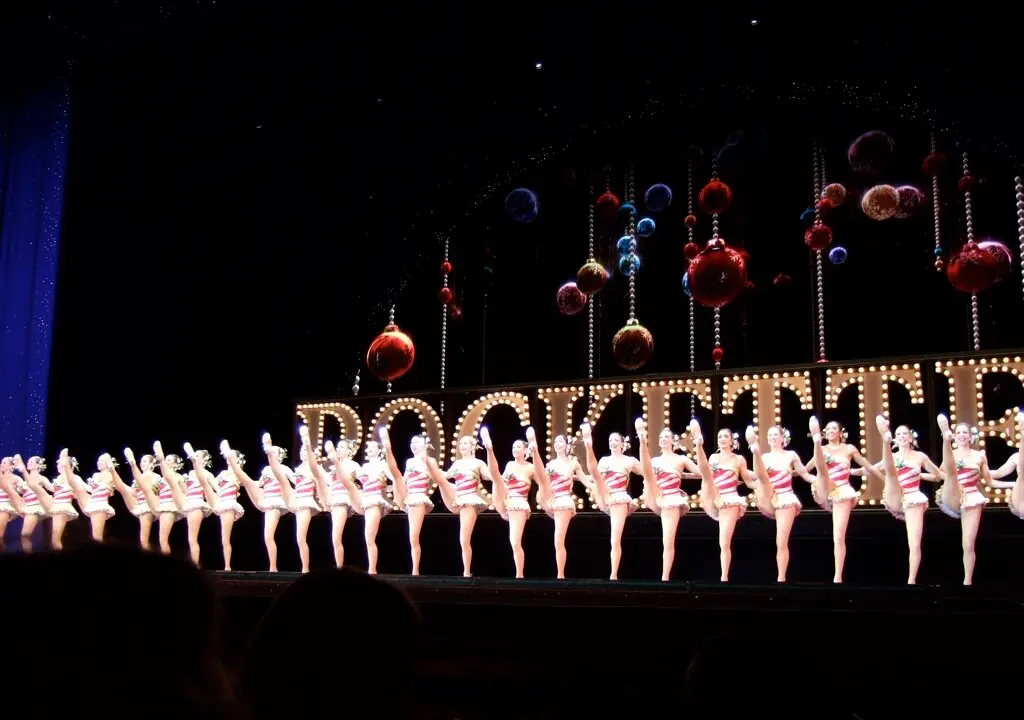Luther Burbank (1849–1926) was the 13th of 15 children born to Samuel Walton and Olive Ross Burbank in Lancaster, Massachusetts. Raised on a farm, it seems he was destined to be a man of the soil.
As a child, he roamed his mother’s gardens, infatuated with plant life. Although he received a limited education (some sources say only an elementary education), the era in which he lived, especially in the northeast, was a world of bustling industry and invention. Burbank showed great interest in science and mechanics and would later become close friends with Henry Ford and Thomas Edison. His scientific interest blossomed during his time at Lancaster Academy, where a Professor Gunning’s scientific lectures left a lasting impression on him.






